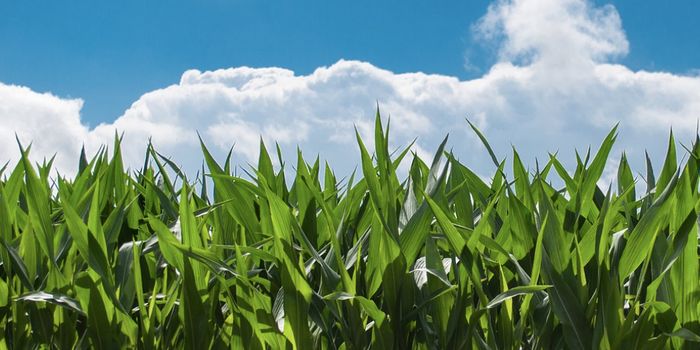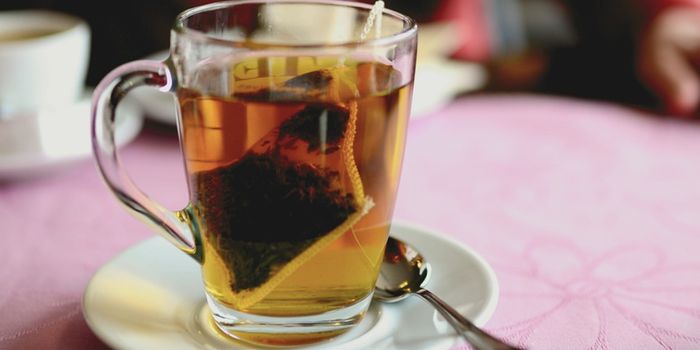Cadmium in Cocoa Beans
Cocoa beans have been cultivated for thousands of years, and have been a revered and popular food. Humans have developed various ways to take these special beans and process them in such a way that, when combined with sugar, can be used to create delicious chocolates. Currently, the average American consumes about 12 pounds of chocolate each year. And its no wonder why: chocolate can be a feel-good food, with tryptophan, an amino acid present in cocoa beans, having an effect on a person’s overall mood.
However, research has shown that when surrounding soils are polluted, such as from activities like mining. Cocoa beans can absorb toxic heavy metals, in particular, though questions remain about how and where these toxic heavy metals might be absorbed: in the shell? In the bean itself?
A team of researchers at Helmholtz-Zentrum Berlin, have leveraged imaging technologies to map and trace heavy metal concentrations in cocoa beans and understand how different roasting methods could affect cadmium in cocoa beans. The team describes their study of analyzing cadmium levels in cocoa beans in a recent article published in Analytical Chemistry.
Cadmium is notoriously hard to detect. That’s because the fluorescence signal it sends on an imaging scan is far weaker than potassium, which is more prominent in cocoa beans. Basically, cadmium signals can be hidden behind potassium.
To overcome some of these challenges, the research team developed different X-ray fluorescence imaging techniques. Specifically, they developed a method for analyzing for absorption correction using an X-ray color camera. This approach also allows researchers to better a better sense of how cadmium travels from the soil into the plant itself.
During an analysis of cocoa beans collected from Colombia, researchers reported an average cadmium concentration of 4.2 mg/kg, which was significantly more than limits set in Europe, for example, of up to .8mg/kg in cocoa products.
The team also found that there was a difference in how cadmium was distributed in cocoa beans before and after roasting. With future work, researchers hope to identify optimal ways to process cocoa beans that minimize exposure to cadmium.
Sources: EurekAlert!; Analytical Chemistry








